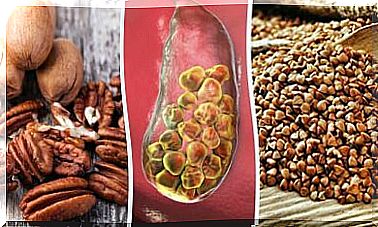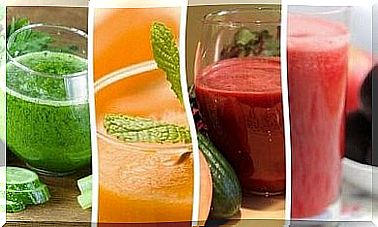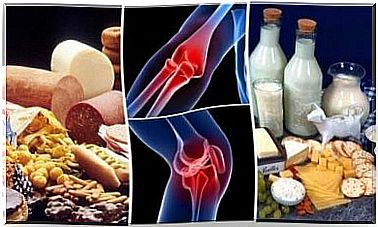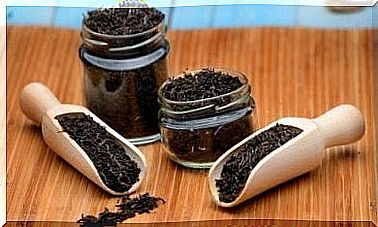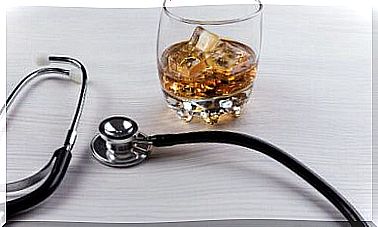7 Products – Do Not Heat In The Microwave
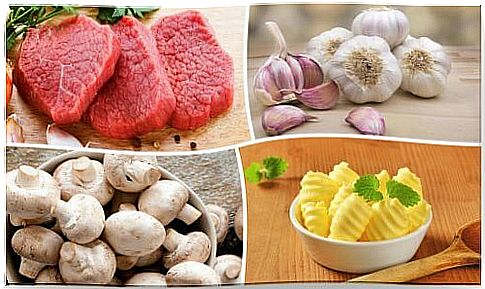
There is no need to convince anyone about the convenience and ease of heating food in a microwave oven. This device quickly gained popularity all over the world. And not only because it is easy to heat food, but also because it is easy to cook.
Indeed, cooking some vegetables in the microwave helps preserve much more nutrients than using other cooking methods. However, as is well known, there are exceptions to every rule.
Some foods that are heated or cooked in a microwave oven lose most of their valuable nutrients. Get to know a whole group of such products with us today.
Remember that a healthy diet consists not only of properly selected, nutritious products, but also the correct way of processing and cooking them plays a huge role. Hence, it is worth knowing which of them are suitable for heating or microwave cooking and which are not.
1. Heating meat in a microwave oven
Many of us use a microwave to defrost meat, most of these devices even have a special program for this. It is a very convenient way to prepare a good meal in just a few minutes. However, keep in mind that it is not a good idea to defrost, reheat, or cook meat in a microwave oven.
First of all, the operation of microwaves does not preserve all the valuable nutrients contained in the meat. They cause the loss of vitamin B12 and many valuable amino acids. Therefore, heating meat in a microwave oven is not a healthy solution for our body.
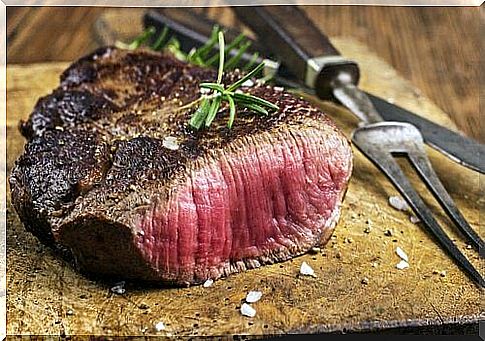
Secondly, when meat is defrosted in a microwave oven, bacteria begin to multiply rapidly. If it is not cooked immediately, these bacteria will remain and eventually end up in our stomach.
On the other hand, when heating meat from the previous day in this fantastic device, the natural juices contained in it are lost, which significantly reduces the amount of proteins.
Proposed solution
- If you plan to prepare a meal using frozen meat, take it out of the freezer the day before and leave it overnight in the bottom of the refrigerator. This is the healthiest way to defrost food. Then fry or stew the meat in the pan.
2. White rice
White rice is one of the products that should never be reheated in a microwave oven. As a result of high heat treatment, most of the nutrients contained in it are lost.
The temperature inside the microwave oven is constant and high from the very beginning of the process. This phenomenon directly affects the loss of vitamins, minerals and dietary fiber from rice grains.
Proposed solution
- The healthiest solution is to cook rice in salted water on a gas or electric stove. In this case, the temperature rises gradually so that most of the valuable nutrients remain in the grains.
- If you want to reheat previously cooked rice, put it in a pot, add a little water and put it on low heat.
3. Broccoli
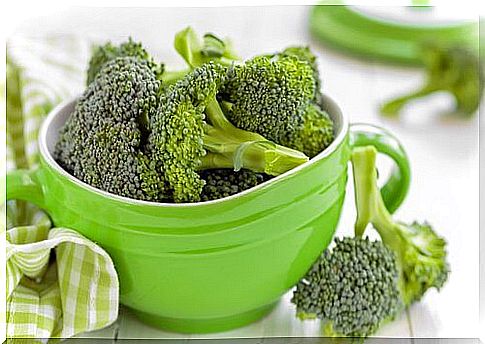
High microwave temperature destroys as much as 97% of the antioxidants contained in broccoli. These changes not only affect the nutritional value of this vegetable, but also affect its texture and taste.
By heating broccoli in the microwave, you will get a meal of little value. It is a pity to waste this extremely healthy vegetable!
Proposed solution
- The healthiest way to eat broccoli is to eat it raw. Then they retain 100% of their valuable vitamins, minerals and nutrients. Add them to salads, smoothies and many other dishes.
- Steaming broccoli is also a relatively healthy solution.
4. Butter
Many people in a hurry “heat” the butter in the microwave, either to melt it or just to make it soft and easy to spread on bread.
Unfortunately, this is not a healthy habit. Microwaves destroy the proteins contained in the butter, significantly reducing the nutritional value of this product.
Proposed solution
- If you want to melt butter, use a frying pan and stove to do so.
- Alternatively, if you want the butter to soften, take it out of the refrigerator an hour before use and leave it at room temperature for this time. It will become pleasantly soft and easy to spread.
5. Milk
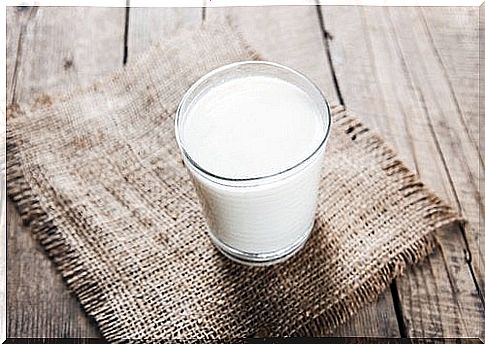
Milk and all other dairy products, such as yoghurt, cream, cheese, etc., lose a significant proportion of their nutrients when exposed to high temperatures. So you should avoid cooking these products and thus putting them in the microwave.
When exposed to heat, milk and other dairy products completely lose their vitamin B12 content, and there is a significant loss of essential minerals.
Proposed solution
- If you like warm milk, don’t boil it, just heat it in a pot to the desired temperature. This way you will keep all valuable nutrients.
6. Garlic
Health nutrition specialists unanimously recommend eating garlic in raw form, because in this way we can use 100% of all its healing properties.
It is worth noting that when exposed to high temperature, garlic loses about 95% of its vitamins and minerals.
One minute in the microwave is enough to completely eliminate a substance called alicin from this vegetable. It is an active substance that has a very strong antioxidant and anti-inflammatory effect.
Proposed solution
- Add fresh garlic to all kinds of vegetable smoothies, salads and a variety of dishes.
- Make a habit of eating a raw clove of garlic every morning on an empty stomach. In this way, you will strengthen the overall health of the body and the immune system.
7. Mushrooms
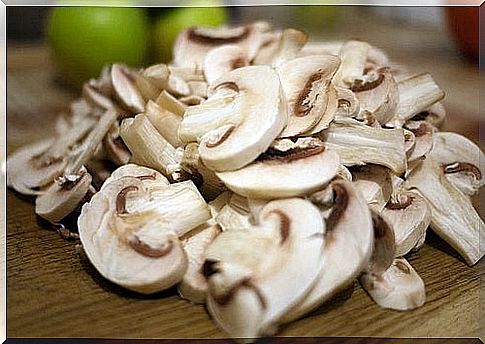
Mushrooms are a very valuable source of protein. However, when they are exposed to high temperatures, they lose them almost completely. And after cooling down, they become very susceptible to attacks by various microorganisms that are dangerous to our health.
Proposed solution
- Try not to reheat the mushrooms as they can cause indigestion and gastritis.
- If you absolutely have to cook mushrooms, try to keep the water or oven temperature below 70 ºC.
- Try to choose recipes that contain fresh mushrooms or that do not require a very high temperature.
Now that you know which foods are suitable for microwave cooking or heating, try to put that knowledge into practice. Of course, this device is very useful in the kitchen and it magically simplifies our life, but it should not be abused.
Whenever you have the opportunity, choose fresh vegetables, prepare your meals with steamed ingredients, and avoid cooking at high temperatures.

